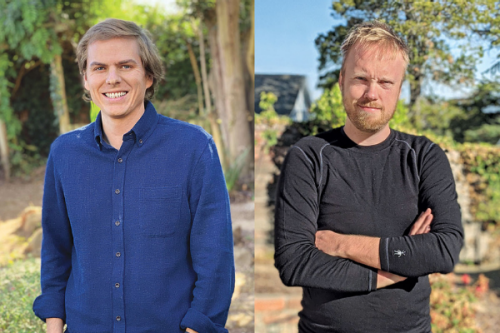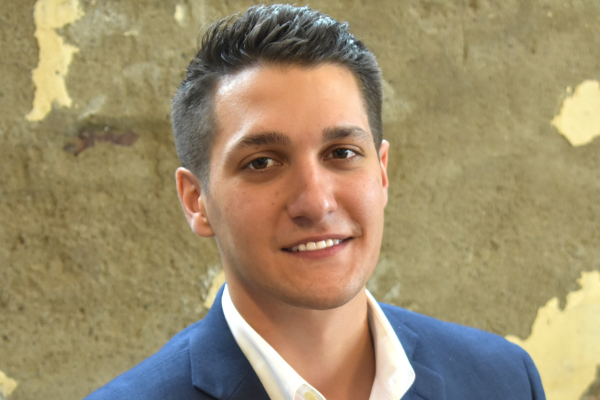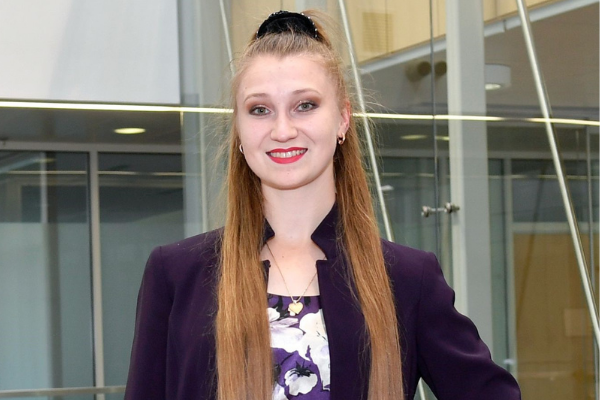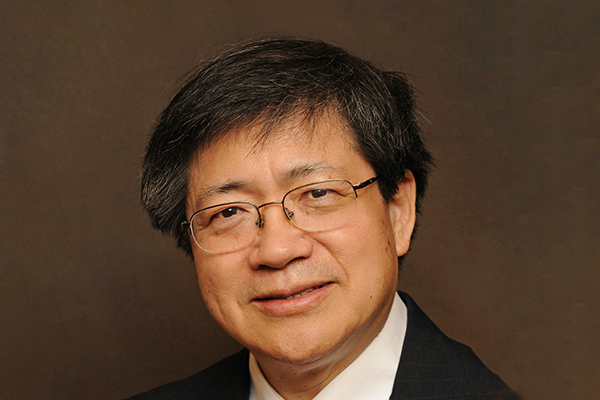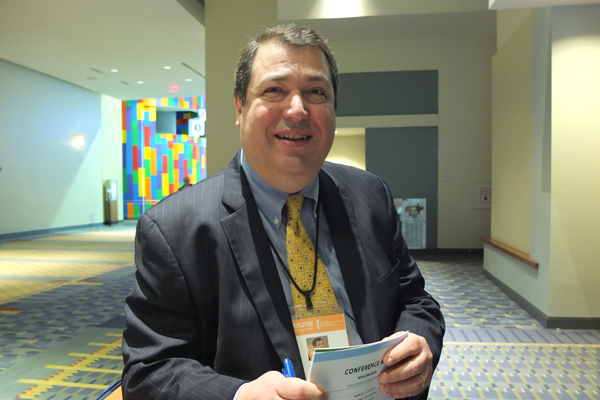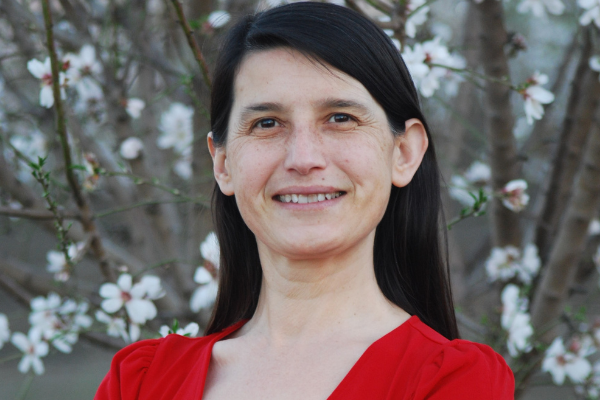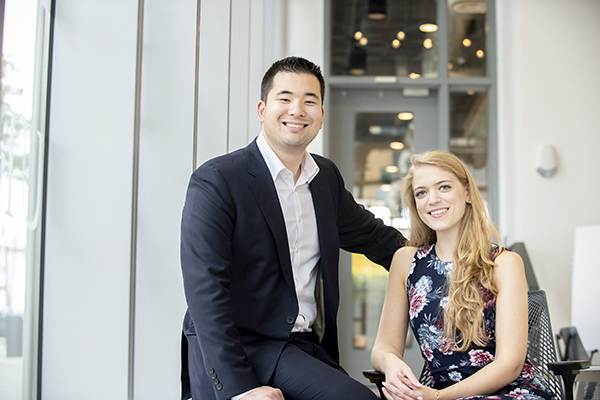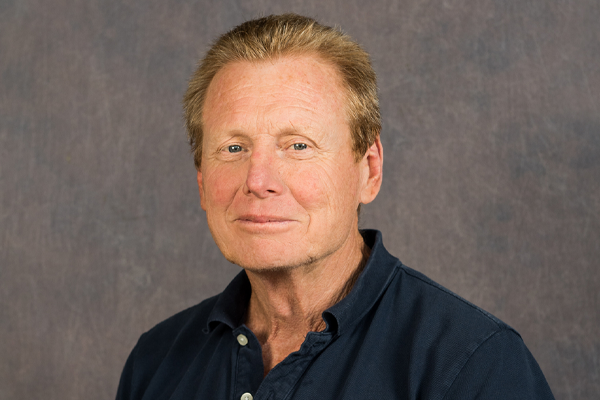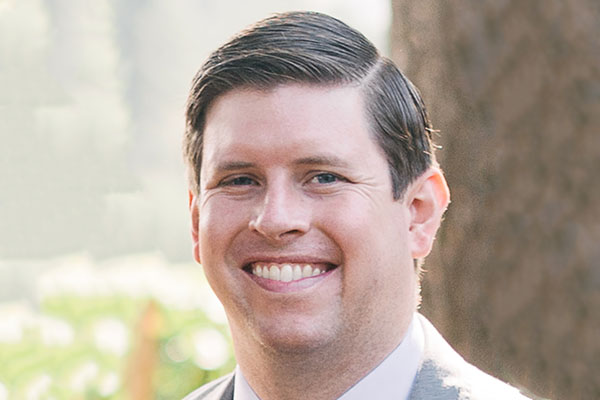Will Patrick, Co-Founder & CEO, Culture Biosciences
Culture builds automated, cloud bioreactors and runs them as a subscription service for synthetic biology and biopharma customers. Before starting Culture, Will researched 3D printed microfluidics at the MIT Media Lab where he built tools to miniaturize and automate common assays and experiments run by synthetic biologists. Before MIT, Will worked on robotics projects at Google X.
Matt Ball, Co-Founder & CTO, Culture Biosciences
Matt has a background in software, electrical engineering and machine learning. Prior to starting Culture with co-founder Will Patrick, Matt worked on robotic aerial vehicles at Google X. He also worked as an engineer on a variety of sensor and communication platforms at Bay Area startups including Endaga and Redwood Systems. Matt graduated from Duke with a BSE in Civil and Environmental Engineering.
Kris Tyner, Senior Director of Bioprocessing, Culture Biosciences
Prior to joining Culture, Kris worked at Zymergen overseeing tech transfer and scale-down of fermentation processes, including scale-down into 96-well plates for high-throughput screening. At Zymergen, Kris acted as a subject matter expert providing technical guidance across fermentation projects. Kris also worked at OPX technologies as a senior scientist in Physiology and Bioprocess Research. Throughout her career, Kris has worked with a wide variety of organisms including bacteria, yeast, and filamentous fungi. Kris received her degree in Genetics and Microbiology from Monash University in Melbourne, Australia before completing graduate studies in molecular developmental and cellular biology at the University of Colorado Boulder and a postdoc at National Jewish Health working on cell signaling in macrophages.
Fre Tachea, Director of Bioprocessing, Culture Biosciences
Fre leads the team in the digital biomanufacturing lab enabling Culture's clients to run, monitor and analyze high-tech bioreactors. Previously, Fre worked with the Lawrence Berkeley National Laboratory (LBNL) interfacing with several scientists/engineers from industry, academia, and start-ups. Fre led teams of engineers and research associates who collaborated with partners in performing process development and scale-up studies to generate, recover, and purify prototype materials. Fre also worked with Zeachem, Cobalt, and Project Gaia on diverse microbes and bioprocesses to scale up and optimize biofuels and biochemicals. Fre received degrees in Chemical Engineering from Addis Ababa University, Project Management from UC Berkeley, and Chemical Engineering from San Jose State University.
Culture Biosciences (Culture) is made up of “engineers and scientists who have a passion for manufacturing and a love for biology,” according to its website. Based in South San Francisco, Culture is a digital bio-manufacturing company that helps scientists accelerate bioprocess development. Customers send flash-frozen vials of yeast and bacteria to Culture where it’s raised and tested in a cloud-based fermentation lab.
The company was founded by robotics engineers Will and Matt who met in college at Duke and worked together in Google’s famous Skunk Works division (then known as Google X). After leaving Google, Will worked in MIT’s Media Lab where he was exposed to companies like Ginkgo Bioworks, which specializes in using genetic engineering to produce bacteria with industrial applications. “I was becoming incredibly inspired by all of that,” says Will. “What I was noticing was that the problem and the bottleneck in the industry was moving from industrial design to scale-up,” he says.
Will and Matt spent time with scientists to understand their pain points. Those findings led to the development of Culture’s biomanufacturing-as-a-service platform, which integrates bioreactors, cloud monitoring and remote operations. Since 2018, the 12-person startup has grown rapidly, raising $20 million in two investment rounds to build its own hardware — including customized robotics, sensors, and networks for its bioreactors, which, at 250 milliliters, are about the size of Coke cans.
Culture’s management team includes CEO Will and CTO Matt, along with Fre who is the Director of Bioprocessing; and Kris, Senior Director of Bioprocessing. Culture's customers range from startups to Fortune 50 companies.
Will, how and why did you and Matt, both robotics engineers, become interested in biology and biomanufacturing?
Will: My interest in biomanufacturing is rooted in a love for fabrication. I've grown up my entire life loving to build things and loving to make things, and that's what led me to study mechanical engineering and pursue lots of different fabrication projects. I became interested in biomanufacturing in 2011 in a circuitous way.
A friend of mine who I was working with at the time shared with me these articles about DNA nanotechnology, also known as DNA origami, which is how you can code DNA - particularly the base pairs of DNA - such that the strands of DNA will assemble into these 3D shapes. This is the smallest scale way of fabricating something.
I found that to be an incredibly fascinating and amazing thing to be able to do. It was my first time really thinking about biology as a medium for fabrication or using biology to build things at all. This was the gateway for me.
I think about biomanufacturing as a way for us to be nanoscale engineers to actually be able to build these incredibly specific, powerful new molecules that have never existed before. That's the ultimate power of biomanufacturing. When we look back in 10 or 20 or 30 years at the impact, it's going to be that we've been able to design and produce totally new substances with biomanufacturing that have never existed before that are beneficial for humanity in myriad ways - from human health to bioplastics to new foods. It's a really exciting time to be on the precipice of that.
Matt: Will and I are deep believers in both the potential of new technology and in our ability to build it. Before we started talking about the idea for Culture I was already thinking about ways to improve tools for life scientists. My girlfriend’s lab at Stanford works with mice; they have to understand and track different mouse behaviors all the time, which is incredibly manual and time consuming. I was wondering why there weren’t tools that could automate and digitize this data collection when Will reached out with some very similar ideas. Will and I have a long history of collaborating - we were college roommates and even worked together at one point - and so we were confident we could build something together.
Once we started shadowing local biotech companies, building a better benchtop bioreactor solution immediately stood out as an opportunity for us to solve a major problem through building something that fit really well with our respective skill sets. We both had past experience developing prototypes for new hardware and electronic systems, so we believed that if we followed a playbook of iteration and modular design that we could work towards a better product sequentially.
Of course we knew that there would be significant challenges along the way, and there certainly were, but by using tried and true design and engineering principles to develop feedback loops we overcame them.
What was the biggest advantage of building your own bioreactors?
By building our own reactors we are able to quickly build new infrastructure instead of relying on bioreactor hardware manufacturers. This enables us to act more flexibly and bring on more capacity as we need it.
Another reason for building our own infrastructure is that we can iteratively add new components and sensors to our hardware. For example, we added cameras to give customers a live view into our reactors. Also, since we built out 90+ new reactors, we improved our pumping accuracy by adding scales underneath every feed bottle and developing new feedback control software.
The ultimate goal which underlies both of these advantages, however, is to give companies doing biomanufacturing R&D better data and tools to use that data so that they can bring transformational bio-based products to market sooner.
Matt, why is real-time data visualization so important and how did you build in that capability to the platform?
By building cloud bioreactors, we were able to give customers the ability to see their data in real time because the data that's being collected in the reactors is also streaming back into our website. This way it's accessible and you can actually see the process trends while the experiment is going.
We also have cameras on every bioreactor, so you can see a live image of the bioreactor as it's running. Then at the end of the experiment, given that all the data is already in the cloud, you can analyze the data and look at your most recent experiment and compare it to your previous experiments. Having the data immediately available to our customers allows them to iterate more quickly on their process and better plan for subsequent experiments.
Kris, can you explain the challenges biotech companies face with de-risking scale-up, and how Culture’s platform helps with that?
To scale up a fermentation process successfully, you need to do the legwork of mitigating risks that come with manufacturing at scale. This involves understanding the constraints you have at scale and the robustness of your organism - knowing what it can and can’t tolerate in terms of variation in the environment.
Because larger fermenters have gradients in conditions, modeling and testing conditions at small scale can help alleviate challenges at larger scale, which are bound to come up. However, many companies find it difficult to do enough testing without the proper resources, such as bioreactor capacity or staff bandwidth. That’s where Culture comes in: by using Culture to run bioreactor experiments, clients can test more conditions, get answers faster, and feel confident in their process while meeting their manufacturing deadlines. Instead of spending time and money on building out or expanding a bioreactor lab and hiring a team to manage it, it makes a lot more sense to let Culture execute experiments so clients can focus on designing them.
Kris, what makes fermentation so difficult and how has Culture transformed that?
Fermentation is a complex and iterative process with many interdependent parts. It’s complex because you’re concerned with not just an organism and its genetics, but also how the physiology of that organism interacts with the fermentation you’re developing. In other words, it is the interplay between organism and fermentation process that introduces the most complexity.
Beyond the biological challenges of developing a process, you have to consider the financial constraints of making a process and company profitable. These financial constraints can limit access to bioreactor capacity, which is a key resource that can be used to increase titer, decrease costs, and decrease scale-up risks. The irony is that the best tool for decreasing costs and increasing efficiency is bioreactor capacity, which is expensive to purchase and maintain - not to mention the staff necessary to manage the reactors. Many companies often don’t have enough capacity and don’t have the money to invest in it - even though testing in bench-scale bioreactors is precisely what will help develop a process that enables the organism to make enough product to be profitable.
Ultimately, fermentation scientists need quality data to generate insights that in turn enable them to make data-driven decisions about their process - and quickly. Many things can make this difficult - the complexity of the process, involvement of multiple teams, lack of bandwidth and insufficient reactor capacity - but a major impediment to getting insights quickly is the sheer amount of data coming out of fermentation processes, which takes time to collate and analyze.
Traditionally you have to manually pull data from the fermenter, which is time-consuming, but even if you have a LIMS, compiling and overlaying data can take a while. For example, something simple like overlaying a titer plot on top of an OUR plot can take much longer than it should. The reality is, if comparing experiments is too inefficient then it won’t happen. If the data isn’t easy to access and manipulate, scientists will be less likely to do it and thus may miss useful insights and fail to make the best decisions - which may cause problems at scale.
Culture provides not only the high-quality data that scientists need, but also the ability to quickly process that data into meaningful insights. As we discussed, this is so critical to companies working to make progress on programs with aggressive timelines. Providing high-throughput bioreactor capacity with short lead times and executing experiments for clients is one part of that, but another equally important part is Culture’s real-time data visualization software, which blew me away when I first saw its capabilities! It’s a tool that’s really game-changing for bioprocess scientists. At many biotech companies, it takes too long to analyze bioprocess data; it requires downloading data from a fermenter into a CSV which you then have to import into another program to join it with manually inputted data (e.g. OD, pH, titer), and then join those on a time series graph to interpret them over time. This makes for a lot of steps just to begin to understand your data.
With Culture’s cloud lab, you can monitor your data in real time and get insight into what your organism is doing throughout the fermentation process. You just log into Culture’s website, select the runs or fermenters of interest, and instantly plot and overlay whatever measurements you want at any point in time.
Our recently launched workspace feature allows you to graph your runs by color, save your graphs and share them directly with your team. It’s easy to make sense of data quickly and to collaborate with your coworkers, which is critical given the cross-functional nature of fermentation that I talked about earlier.
Fre, what advice would you share for companies looking to get into the fermentation space?
I strongly recommend that people run fermentation experiments in duplicate or triplicate. Often companies will limit themselves to only doing one version of a process to save time or money. But it can be very hard to tell from just one bioreactor and the additional data often saves you even more time and money in the long run.
I also suggest that companies do a mass balance on every fermentation to really understand their process. You need to take an accounting of everything that comes in and that comes out so you can know what can be improved.
Finally, I highly encourage companies to always be studying and considering the scalability of their process. Sometimes a great idea for a great product doesn’t make it because the process just isn’t economically scalable, and I recommend that these considerations inform decisions on resource allocation.
Will, now that the bioreactor lab is up and running, what’s next on your journey to enabling end-to-end digital biomanufacturing?
We recently expanded from microbial fermentation into CHO cell culture, and we will continue to develop new capabilities for cell culture applications. In terms of software, we’re actively developing tools to empower customers to design their protocols directly and get even faster insights from their data. Going forward, we're building new technologies that we believe will greatly help our customers continue to scale up their process.
Matt, what lessons-learned would you share with up-and-coming scientists, chemists, and engineers on starting a business?
Nothing is more important than connecting with your customer and extending empathy toward them - this is how you’ll truly understand their pain points and be able to create a solution that addresses their problem. Get to know them, share with them, build a relationship, and get their early and candid feedback on your ideas and product.
This article has been edited for length and clarity. The opinions expressed in this article are the author's own and do not necessarily reflect the view of their employer or the American Chemical Society.
Copyright 2021 American Chemical Society (All Rights Reserved)

